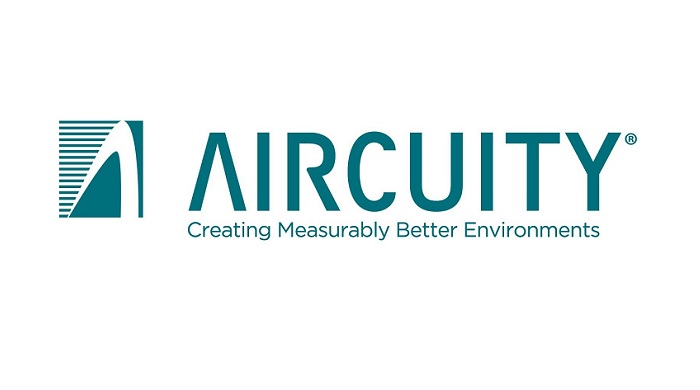Aircuity, the leader in creating healthy and sustainable buildings, released new data showing that its clients in the life sciences industry are achieving record-setting levels of energy savings and environmental quality in their critical laboratory spaces and across their portfolios. According to our analysis, more than 50 life sciences organizations are using Aircuity’s platform to save 158,353,872 pounds of carbon dioxide (CO2) annually, while simultaneously saving more than one billion (1B) in MBTUs. This does not include the vast success in Higher Education, Healthcare and Medical research that we report separately.
According to a report from BIO, the biotech industry’s green initiatives could mitigate the equivalent of 3 billion tons of carbon dioxide every year by 2030, or about half of the country’s annual CO2 emissions.
“The global life sciences industry has grown rapidly over the past decade, with its dramatic upward trajectory only strengthened by the COVID-19 and the critically important drive to Net Zero,” said Dan Diehl, CEO of Aircuity. “Aircuity’s platform delivers deep energy savings and better indoor air quality while reducing operating expenses and creating safer labs.”
Heating/ventilation/Air Conditioning (HVAC) systems typically represent 30% of total energy use in commercial buildings, whereas in laboratories – like the ones inherent in most life sciences companies – this rate increases to 60–70%. As many cutting-edge life sciences companies are now further focusing on decarbonizing and deep energy efficiency as part of a larger corporate ESG commitments, turning to Lab efficiency is often the biggest opportunity to reach these aggressive but critical important targets.
As the leader in demand control ventilation, Aircuity has more than 20 years of experience with the top-tier companies in Life Sciences worldwide, including Eli Lilly, Illumina and Takeda. Aircuity’s platform addresses both their demand for deep energy and carbon savings with improved working and research environments – safer, healthier and more productive.
“Life science companies now realize that labs are typically the most carbon intensive areas in their portfolios and are focusing on leveraging proven concepts for a future of Net Zero Labs,” Diehl says. “Implementing Aircuity reduces HVAC energy use by 40-60% and helps to significantly decrease clean energy and HVAC supply systems providing a first cost diversity savings which can provide an infinite ROI. Other co benefits include reduced deferred maintenance, improved sequence modifications and better life cycle costs; all while creating healthier IAQ for occupants.”


















